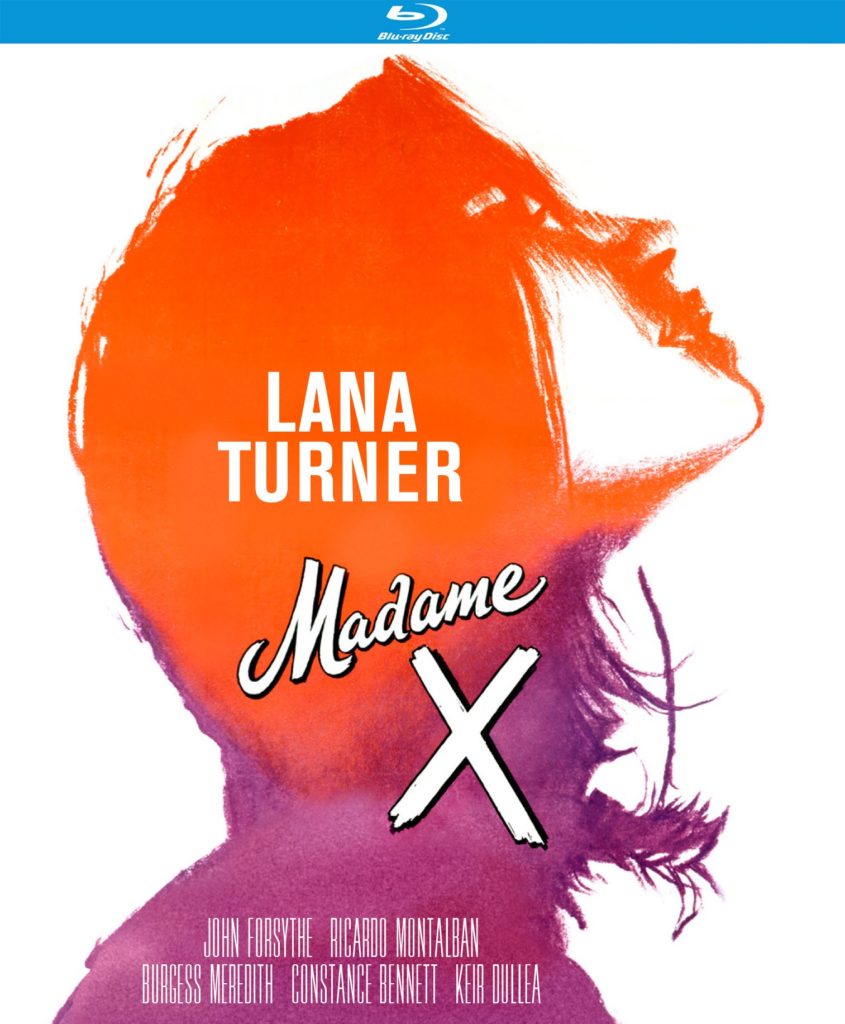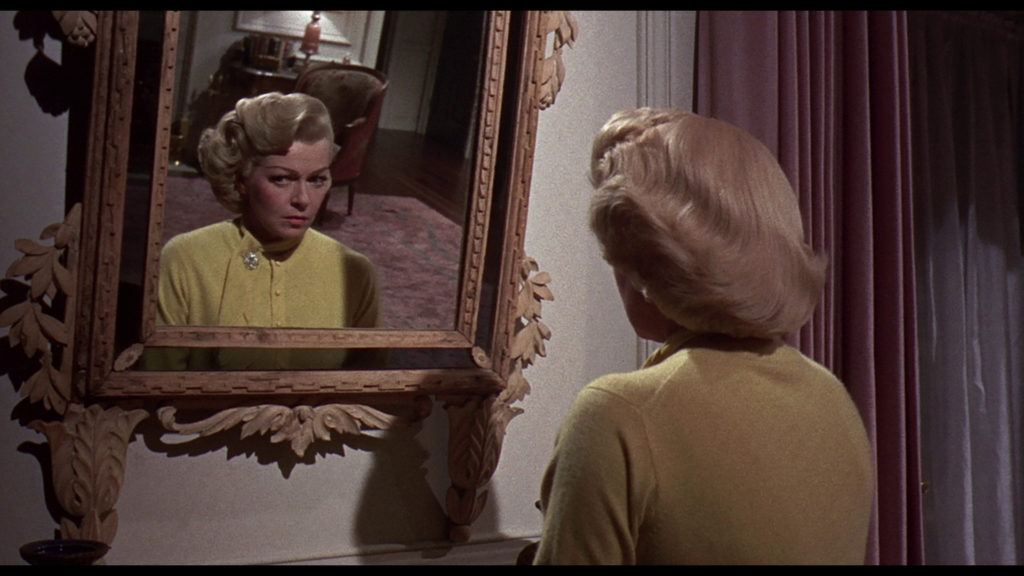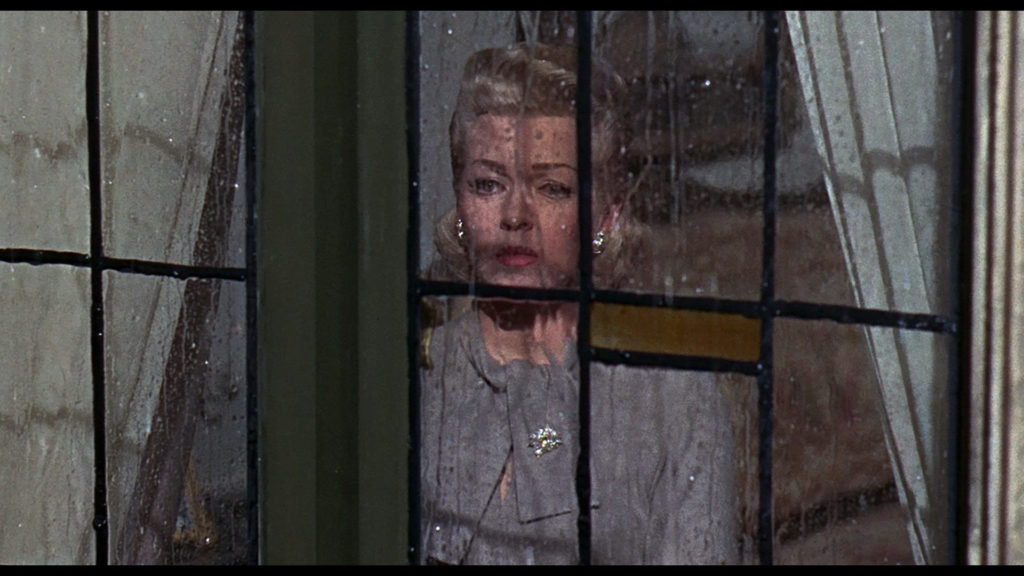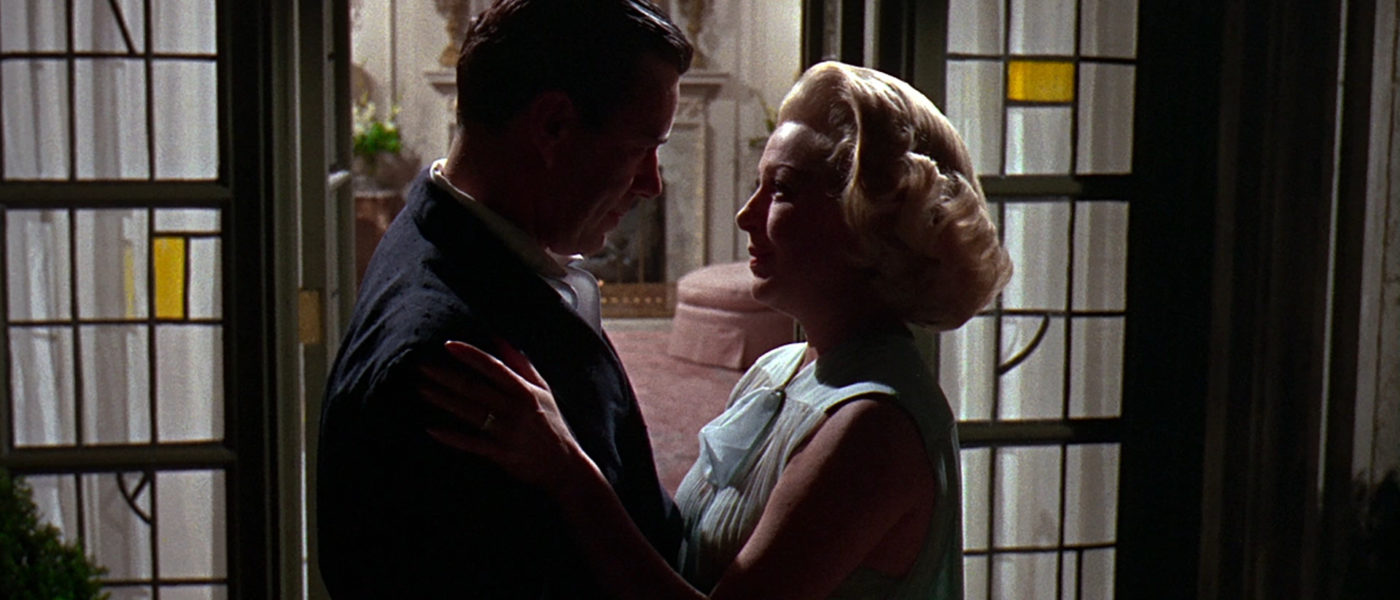Classic Women’s Weepie Wrings Tears From Stone

1966/DIRECTED DAVID LOWELL RICH
STREET DATE: May 28th, 2019/KINO LORBER STUDIO CLASSICS
The title subject of Peter Bogdanovich’s 1992-published interview book This is Orson Welles, the latter encompassing decades of in-depth and far-reaching conversations with the great director, reveals an almost boundless appreciation of and enthusiasm for the most surprising artistic material. Making no great distinction between Shakespeare and a Shakespeare-level Western (Welles was said to have screened John Ford’s 1939 Stagecoach into the double-digits while preparing 1941’s Citizen Kane), Welles’s analysis of the high artistry of often derided genres of filmmaking and storytelling extended to this reviewer’s personal favorite review — in brief — of Leo McCarey’s 1937 tearjerking masterpiece, Make Way for Tomorrow: “It would make a stone cry.” That timeless story of an elderly couple foisted upon ungrateful grown sons and daughters, before being forced to separate — providing direct inspiration for Yasujiro Ozu’s 1953 Tokyo Story — does indeed jerk tears with masterful aplomb, but as a film and story lingers well past its immediate emotional response due to the depth of its performances and the sure hand of its storytelling and filmmaking.
Sometimes, however, said crying jag may obscure the latter elements beyond the moment of viewing; causing critics and even audiences to dismiss those tears as “manipulation”. This is especially true in the time-honored genre of the women’s picture, and the Lana Turner-starring 1966 melodrama Madame X is undoubtedly the Queen Mother of all such pictures. Filmed a record ten times in five countries — the four previous Hollywood adaptations, from 1916 to 1937, crowned by this 1966 Ross Hunter production — the source material for all Madame Xes is a 1908 French play by Alexandre Bisson, whose story of a titled woman’s fall from high society wife and mother to title anonymity — and murder trial disgrace — proved obviously deathless from its first stagings through its many adaptations and re-adaptations. (The last, to date, being a 1981 TV movie-of-the-week starring Tuesday Weld.) The high gloss sheen of Lana Turner, family melodrama, and movie-emotional operatics — at their zenith — finds its mid-1960’s apotheosis in this grand old Hollywood stone-wringer.

As the film opens, recently married Holly Parker (Lana Turner) drives through the autumnal gates to the vast country estate of her statesman and diplomat husband, Clayton Anderson (John Forsythe), receiving a cold but cordial welcome from her new mother-in-law, Estelle (Constance Bennett), in the brightly-lit, tastefully decorated foyer of their Connecticut mansion. A swirl of newspaper headlines reveals the power couple’s many social-level triumphs, but the absence of her ambitious husband from her lonely daily life causes Holly, now mother of a small boy, Clayton Jr., to take up with charming but directionless heel Phil Benton (Ricardó Montalban).
A lover’s quarrel ends tragically for Benton, with a broken neck at the bottom of a staircase, and even more tragically for the innocent Holly, who is forced by jealous mother-in-law Estelle to abandon both her husband and child in a ship-staged, mid-Pacific Ocean-liner accident-at-sea. Presumed dead, Holly travels the continent under various assumed identities, make-ups and hairstyles (blonde-to-brown, brown-to-red, etc.) before settling in the home of aristocratic Austrian scientist Christian Torben (John van Dreelen), who rescues the rapidly failing and now entirely fallen woman from a wintry roadside suicide attempt. Alas, this idyllic interlude doesn’t last either, as “Holly” realizes any permanent settlement risks compromising the terrible secret of her name and past.

Ports Portugal and Tangiers precede a Parisian bordello and eventually a garish Mexican flophouse, the neon-lit glare and shadow-cast surfaces giving way to shadow-soaked darkness. There, addicted to absinthe and ravaged by decades of hard-living, the unnamed dame encounters two-bit American chiseler Dan Sullivan (Burgess Meredith) who, plying the aging unfortunate with the source of her increasingly fatal addiction, wrings out the story of both her identity and disgrace before whisking off the woman-past-hope to New York City and a blackmail scheme involving her former husband, who is now a powerful U.S. Senator.
Emerging from her alcoholic state, the woman-without-identity shoots and kills the predatory conman and soon finds herself on trial for her unidentified life as “Madame X”, where she is assigned a young public attorney who feels an inexplicable kinship to the unknown woman he’s defending. Yes, as the trial rapidly progresses, and with Senator Clayton and Mother Estelle in attendance, Madame X — now at death’s door — soon realizes that this delicate defense lawyer, whose earnest, soft-lit profile touches her so deeply, is in fact her own son, Clayton Jr. (Keir Dullea), and resolves to preserve the honor of her family — and expiate her own sins — by ultimately and posthumously retaining the identity of Madame X.
Given the preceding four paragraphs describe the plot of a story that was then nearly sixty years old, and that over fifty years have passed since its ninth, widely seen filming was in mass release, one could hardly characterize any inventory of Madame X’s infidelities, betrayals, humiliations, and maternal martyrdoms as a “spoiler”. Rather, audiences of the day would have expected, or at least anticipated, a re-telling that preserved what even then may have been experienced with a faint degree of irony — the globe-trotting descent into dissipation, for one, being hard to take otherwise — while finding performative and stylistic means to convey, with equal effect, the well-worn story’s considerably devastating emotional highs and lows. Madame X’s colorful poster image of an unknown woman at her greatest extremity — her head thrown back in proto-psychedelic shades of wild abandon — while by no means suggesting the audience is about to take a hundred-minute, absinthe-fueled “trip” into a degraded wife and mother’s soul, nevertheless does capture something of the impact of Lana Turner’s anguish — as further enhanced by cinematographer Russell Metty’s mastery of filtered light and shaping shadows — at the precise filmed moment when Madame X selflessly sacrifices her life for her unknowing son’s love.
Cue copious tears streaming the hard-edged surface of decades-dry stone.

Kino Lorber’s Blu-ray enhances both the visuals and film-captured performances of 1966’s Madame X from previous home video releases with a crisp and smoothly-grained transfer, preserving the “filmed” look of the original source material along with the light-and-shadow-sculpted imagery of its reality-enhancing soap operatics. Lee Gambin and Dr. Eloise Ross provide a conversational yet deeply analytic feature-length commentary, talking at length about the personalities onscreen and behind the camera, the unique historical context of the women’s picture in midcentury Hollywood film, and in particular star Lana Turner’s identification with that genre in the maternal role — from 1957’s Peyton Place through 1959’s Imitation of Life and 1960’s Portrait in Black — and in real life. As pointed out in the commentary, Madame X turned out to be Lana Turner’s final filmed statement on the role, and the level of reality witnessed on film may color a viewer’s appreciation further when considering the romantic roller-coaster this onetime MGM starlet experienced through eight marriages and eight divorces — culminating in the tabloids-splattered fatal stabbing of her abusive mid-1950’s paramour, the mobster Johnny Stomapanato, by Lana Turner’s then teenaged daughter, Cheryl — and its blurring of the distinction between soap opera tragedy onscreen and in one’s Beverly Hills home.
And while Madame X may very well have played itself out as a story property in both real life and on the silver screen, its 110-year history, along with the fifty-year legacy of its last great gasp of Hollywood glamor, is now admirably preserved by this Kino Lorber Blu-ray to whatever posterity it might now inspire.
One’s educated guess: tears both ironic and not.
The images used in this review are credited to DVDBeaver and are taken directly from Kino Lorber’s Blu-ray Release. Thanks to Kino Lorber for providing a review copy.


